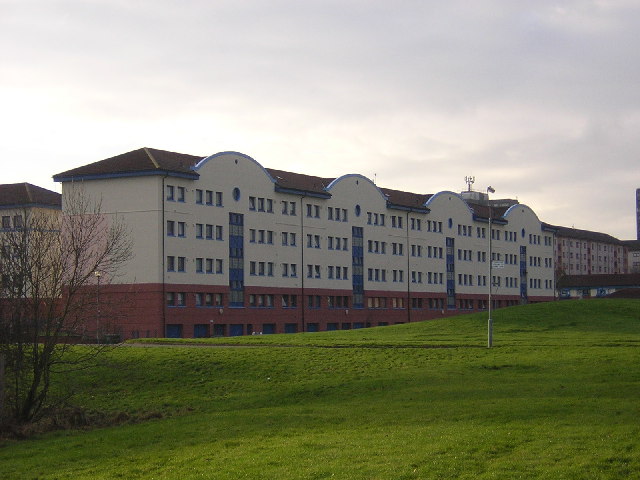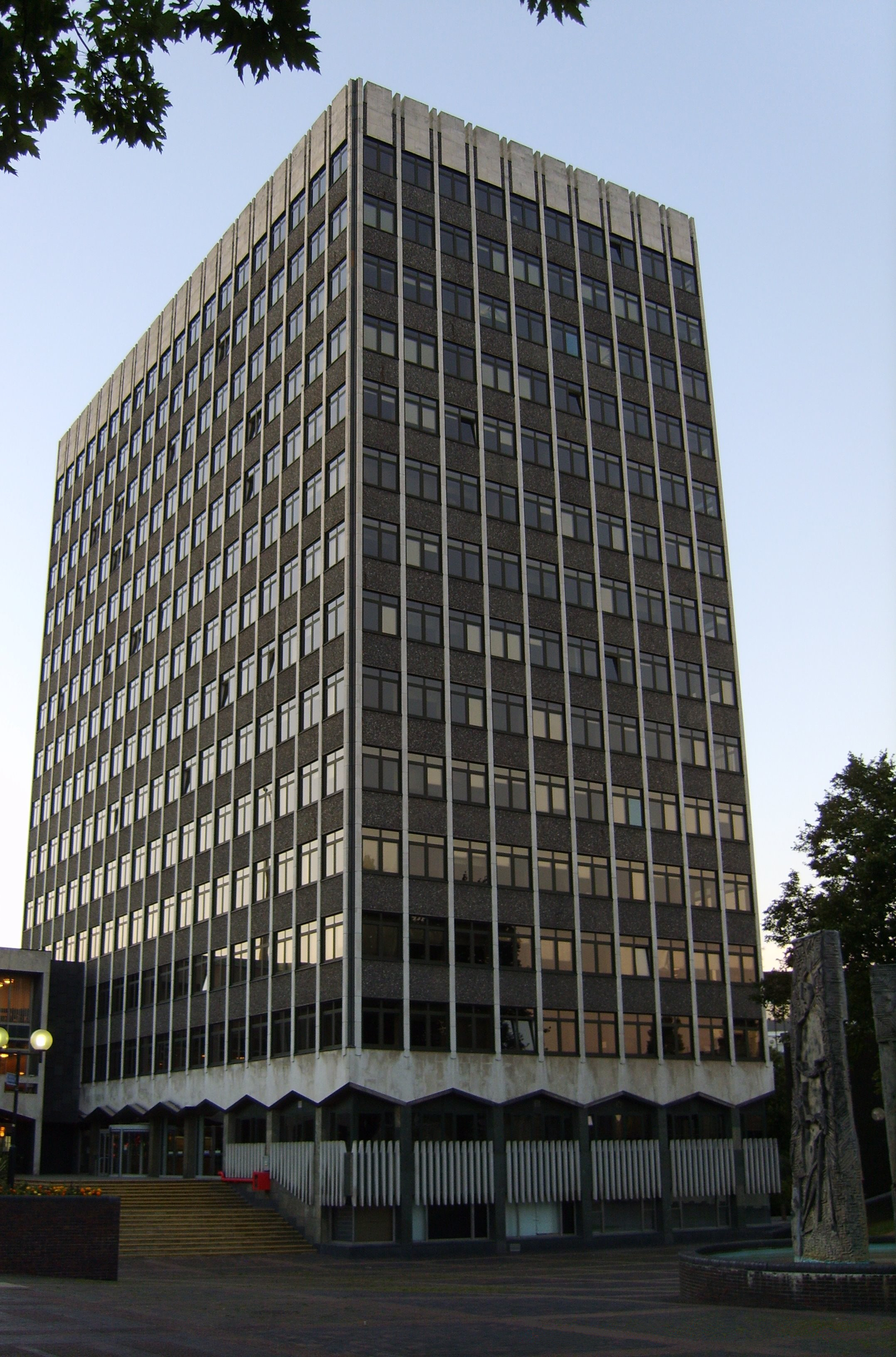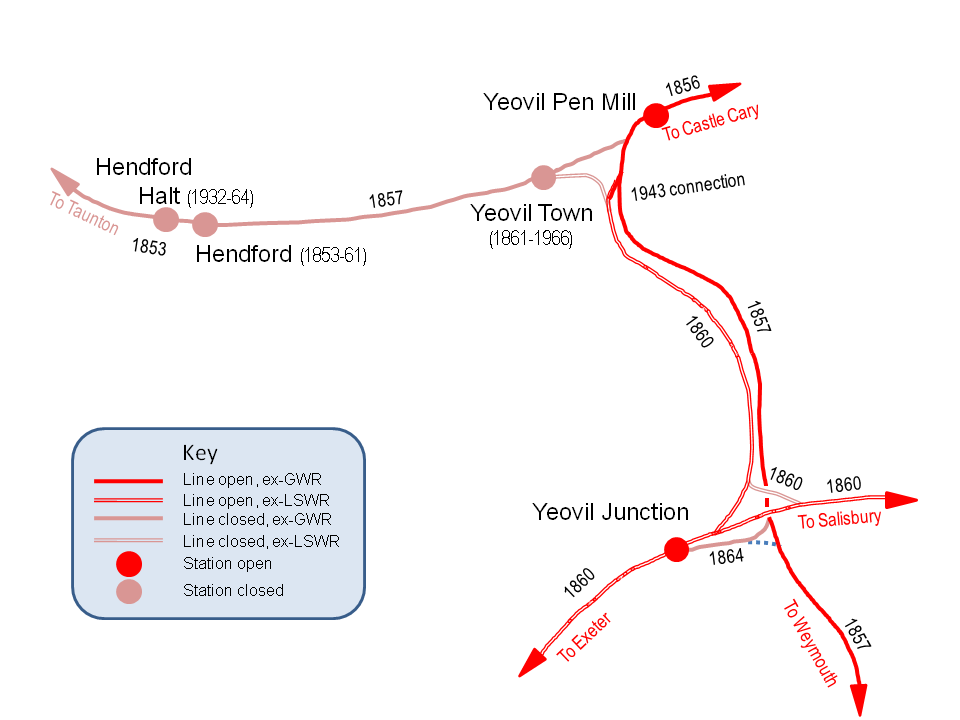|
David Lindsay (footballer, Born 1919)
David Lindsay (29 June 1919 – 19 April 1987) was a Scottish professional footballer who played as a full-back for Sunderland. He died in East Kilbride, Lanarkshire Lanarkshire, also called the County of Lanark ( gd, Siorrachd Lannraig; sco, Lanrikshire), is a historic county, lieutenancy area and registration county in the central Lowlands of Scotland. Lanarkshire is the most populous county in Scotlan ... in April 1987 at the age of 67. References 1919 births 1987 deaths Association football fullbacks Blantyre Victoria F.C. players English Football League players Scottish footballers Southend United F.C. players Sportspeople from Cambuslang Sunderland A.F.C. players Yeovil Town F.C. players Footballers from South Lanarkshire {{Scotland-footy-defender-1920s-stub ... [...More Info...] [...Related Items...] OR: [Wikipedia] [Google] [Baidu] |
Cambuslang
Cambuslang ( sco, Cammuslang, from gd, Camas Lang) is a town on the south-eastern outskirts of Greater Glasgow, Scotland. With approximately 30,000 residents, it is the 27th largest town in Scotland by population, although, never having had a town hall, it may also be considered the largest village in Scotland. It is within the local authority area of South Lanarkshire and directly borders the town of Rutherglen to the west. Historically, it was a large civil parish incorporating the nearby hamlets of Newton, Flemington, Westburn and Halfway. Cambuslang is located just south of the River Clyde and about southeast of the centre of Glasgow. It has a long history of coal mining, from at least 1490, iron and steel making, and ancillary engineering works, most recently The Hoover Company (in the town from 1946 to 2005). The Clydebridge Steelworks and other smaller manufacturing businesses continue but most employment in the area comes from the distribution or service industrie ... [...More Info...] [...Related Items...] OR: [Wikipedia] [Google] [Baidu] |
East Kilbride
East Kilbride (; gd, Cille Bhrìghde an Ear ) is the largest town in South Lanarkshire in Scotland and the country's sixth-largest locality by population. It was also designated Scotland's first new town on 6 May 1947. The area lies on a raised plateau to the south of the Cathkin Braes, about southeast of Glasgow and close to the boundary with East Renfrewshire. The town ends close to the White Cart Water to the west and is bounded by the Rotten Calder Water to the east. Immediately to the north of the modern town centre is The Village, the part of East Kilbride that existed before its post-war development into a New Town. East Kilbride is twinned with the town of Ballerup, in Denmark. History and prehistory The earliest-known evidence of occupation in the area dates as far back as the late Neolithic and Early Bronze Age, as archaeological investigation has demonstrated that burial cairns in the district began as ceremonial or ritual sites of burial during the Neolithic, ... [...More Info...] [...Related Items...] OR: [Wikipedia] [Google] [Baidu] |
Lanarkshire
Lanarkshire, also called the County of Lanark ( gd, Siorrachd Lannraig; sco, Lanrikshire), is a historic county, lieutenancy area and registration county in the central Lowlands of Scotland. Lanarkshire is the most populous county in Scotland, as it contains most of Glasgow and the surrounding conurbation. In earlier times it had considerably greater boundaries, including neighbouring Renfrewshire until 1402. Lanarkshire is bounded to the north by the counties of Stirlingshire and Dunbartonshire (this boundary is split into two sections owing to Dunbartonshire's Cumbernauld exclave), to the northeast by West Lothian and Mid Lothian, to the east by Peeblesshire, to the south by Dumfriesshire, and to the west by Ayrshire and Renfrewshire. Administrative history Lanarkshire was historically divided between two administrative areas. In the mid-18th century it was divided again into three wards: the upper, middle and lower wards with their administrative centres at Lanark, Hamil ... [...More Info...] [...Related Items...] OR: [Wikipedia] [Google] [Baidu] |
Defender (association Football)
In the sport of association football, a defender is an outfield position whose primary role is to stop attacks during the game and prevent the opposition from scoring. Centre-backs are usually positioned in pairs, with one full-back on either side to their left and right, but can be played in threes with or without full-backs. Defenders fall into four main categories: centre-back, sweeper, full-back, and wing-back. The centre-back and full-back positions are essential in most modern formations. The sweeper and wing-back roles are more specialised for certain formations dependent on the manager's style of play and tactics. Centre-backs are usually tall and positioned for their ability to win duels in the air. Centre-back The centre-back (also known as a central defender or centre-half, as the modern role of the centre-back arose from the centre-half position) defends in the area directly in front of the goal and tries to prevent opposing players, particularly centre-forwards ... [...More Info...] [...Related Items...] OR: [Wikipedia] [Google] [Baidu] |
Cambuslang Juniors F
Cambuslang ( sco, Cammuslang, from gd, Camas Lang) is a town on the south-eastern outskirts of Greater Glasgow, Scotland. With approximately 30,000 residents, it is the 27th largest town in Scotland by population, although, never having had a town hall, it may also be considered the largest village in Scotland. It is within the local authority area of South Lanarkshire and directly borders the town of Rutherglen to the west. Historically, it was a large civil parish incorporating the nearby hamlets of Newton, Flemington, Westburn and Halfway. Cambuslang is located just south of the River Clyde and about southeast of the centre of Glasgow. It has a long history of coal mining, from at least 1490, iron and steel making, and ancillary engineering works, most recently The Hoover Company (in the town from 1946 to 2005). The Clydebridge Steelworks and other smaller manufacturing businesses continue but most employment in the area comes from the distribution or service industries ... [...More Info...] [...Related Items...] OR: [Wikipedia] [Google] [Baidu] |
Blantyre Victoria F
Blantyre () is Malawi's centre of finance and commerce, and its second largest city, with an enumerated 800,264 inhabitants . It is sometimes referred to as the commercial and industrial capital of Malawi as opposed to the political capital, Lilongwe. It is the capital of the country's Southern Region as well as the Blantyre District. History Blantyre was founded in 1876 through the missionary work of the Church of Scotland. It was named after Blantyre, South Lanarkshire, Scotland, birthplace of the explorer David Livingstone. The site was chosen by Henry Henderson, who was joined there on 23 October 1876 by Dr T. T. Macklin and others. Dr Macklin took over the leadership of the mission and began the work of building; but it was not until 1878 that the first ordained minister, Rev. Duff MacDonald, joined the mission. The original missionaries, for various reasons, faced local opposition and three of them were recalled. From 1881–1898 the mission was run by David Clement ... [...More Info...] [...Related Items...] OR: [Wikipedia] [Google] [Baidu] |
Sunderland A
Sunderland () is a port city in Tyne and Wear, England. It is the City of Sunderland's administrative centre and in the Historic counties of England, historic county of County of Durham, Durham. The city is from Newcastle-upon-Tyne and is on the River Wear's mouth to the North Sea. The river also flows through Durham, England, Durham roughly south-west of Sunderland City Centre. It is the only other city in the county and the second largest settlement in the North East England, North East after Newcastle upon Tyne. Locals from the city are sometimes known as Mackems. The term originated as recently as the early 1980s; its use and acceptance by residents, particularly among the older generations, is not universal. At one time, ships built on the Wear were called "Jamies", in contrast with those Tyneside, from the Tyne, which were known as "Geordies", although in the case of "Jamie" it is not known whether this was ever extended to people. There were three original settlements ... [...More Info...] [...Related Items...] OR: [Wikipedia] [Google] [Baidu] |
Southend United F
Southend-on-Sea (), commonly referred to as Southend (), is a coastal city and unitary authority area with borough status in southeastern Essex, England. It lies on the north side of the Thames Estuary, east of central London. It is bordered to the north by Rochford and to the west by Castle Point. It is home to the longest pleasure pier in the world, Southend Pier. London Southend Airport is located north of the city centre. Southend-on-Sea originally consisted of a few poor fishermen's huts and farms at the southern end of the village of Prittlewell. In the 1790s, the first buildings around what was to become the High Street of Southend were completed. In the 19th century, Southend's status of a seaside resort grew after a visit from Princess Caroline of Brunswick, and Southend Pier was constructed. From the 1960s onwards, the city declined as a holiday destination. Southend redeveloped itself as the home of the Access credit card, due to its having one of the UK's first ... [...More Info...] [...Related Items...] OR: [Wikipedia] [Google] [Baidu] |
Yeovil Town F
Yeovil ( ) is a town and civil parish in the district of South Somerset, England. The population of Yeovil at the last census (2011) was 45,784. More recent estimates show a population of 48,564. It is close to Somerset's southern border with Dorset, from London, south of Bristol, from Sherborne and from Taunton. The aircraft and defence industries which developed in the 20th century made it a target for bombing in the Second World War; they are still major employers. Yeovil Country Park, which includes Ninesprings, is one of several open spaces with educational, cultural and sporting facilities. Religious sites include the 14th-century Church of St John the Baptist. The town is on the A30 and A37 roads and has two railway stations. History Archaeological surveys have yielded Palaeolithic burial and settlement sites mainly to the south of the modern town, particularly in Hendford, where a Bronze Age golden torc (twisted collar) was found. Yeovil is on the main Roman ro ... [...More Info...] [...Related Items...] OR: [Wikipedia] [Google] [Baidu] |
Association Football
Association football, more commonly known as football or soccer, is a team sport played between two teams of 11 players who primarily use their feet to propel the ball around a rectangular field called a pitch. The objective of the game is to score more goals than the opposition by moving the ball beyond the goal line into a rectangular framed goal defended by the opposing side. Traditionally, the game has been played over two 45 minute halves, for a total match time of 90 minutes. With an estimated 250 million players active in over 200 countries, it is considered the world's most popular sport. The game of association football is played in accordance with the Laws of the Game, a set of rules that has been in effect since 1863 with the International Football Association Board (IFAB) maintaining them since 1886. The game is played with a football that is in circumference. The two teams compete to get the ball into the other team's goal (between the posts and under t ... [...More Info...] [...Related Items...] OR: [Wikipedia] [Google] [Baidu] |
1919 Births
Events January * January 1 ** The Czechoslovak Legions occupy much of the self-proclaimed "free city" of Pressburg (now Bratislava), enforcing its incorporation into the new republic of Czechoslovakia. ** HMY ''Iolaire'' sinks off the coast of the Hebrides; 201 people, mostly servicemen returning home to Lewis and Harris, are killed. * January 2– 22 – Russian Civil War: The Red Army's Caspian-Caucasian Front begins the Northern Caucasus Operation against the White Army, but fails to make progress. * January 3 – The Faisal–Weizmann Agreement is signed by Emir Faisal (representing the Arab Kingdom of Hejaz) and Zionist leader Chaim Weizmann, for Arab–Jewish cooperation in the development of a Jewish homeland in Palestine, and an Arab nation in a large part of the Middle East. * January 5 – In Germany: ** Spartacist uprising in Berlin: The Marxist Spartacus League, with the newly formed Communist Party of Germany and the Independent Social De ... [...More Info...] [...Related Items...] OR: [Wikipedia] [Google] [Baidu] |
1987 Deaths
File:1987 Events Collage.png, From top left, clockwise: The MS Herald of Free Enterprise capsizes after leaving the Port of Zeebrugge in Belgium, killing 193; Northwest Airlines Flight 255 crashes after takeoff from Detroit Metropolitan Airport, killing everyone except a little girl; The King's Cross fire kills 31 people after a fire under an escalator Flashover, flashes-over; The MV Doña Paz sinks after colliding with an oil tanker, drowning almost 4,400 passengers and crew; Typhoon Nina (1987), Typhoon Nina strikes the Philippines; LOT Polish Airlines Flight 5055 crashes outside of Warsaw, taking the lives of all aboard; The USS Stark is USS Stark incident, struck by Iraq, Iraqi Exocet missiles in the Persian Gulf; President of the United States, U.S. President Ronald Reagan gives a famous Tear down this wall!, speech, demanding that Soviet Union, Soviet leader Mikhail Gorbachev tears down the Berlin Wall., 300x300px, thumb rect 0 0 200 200 Zeebrugge disaster rect 200 0 400 200 ... [...More Info...] [...Related Items...] OR: [Wikipedia] [Google] [Baidu] |

.jpg)
.jpg)







